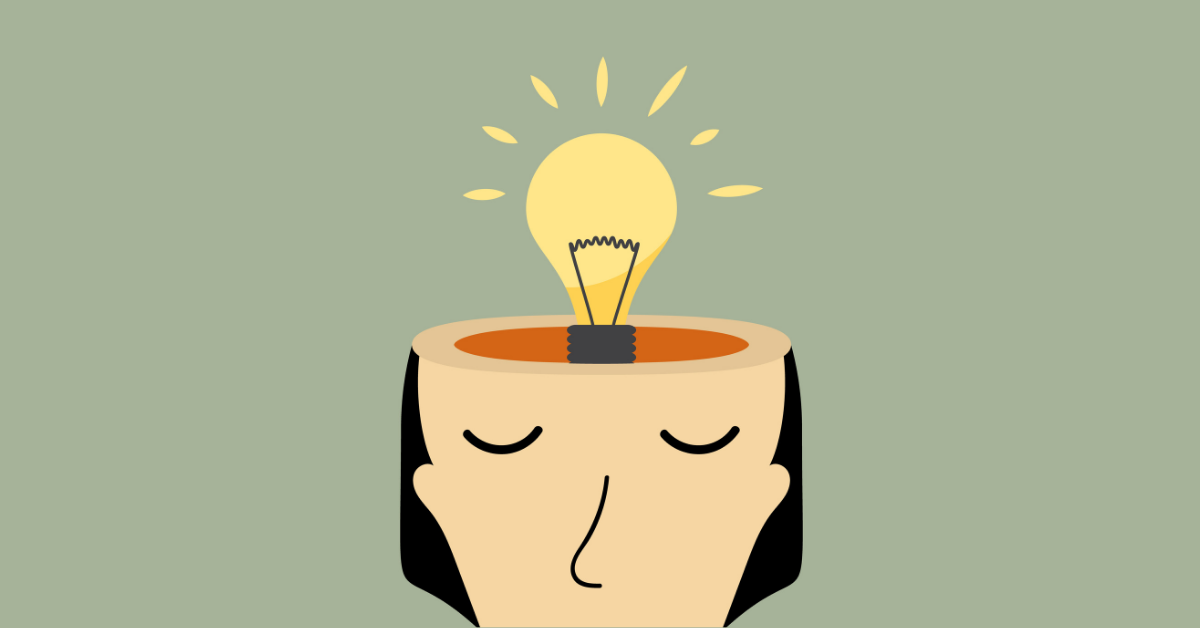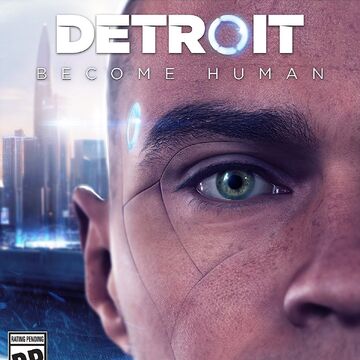This was a new experience for me as I have not yet had the chance to review such a wide variety of digital literacies. The ability to explore and choose such different texts was quite fun and made me look at my interest, video games, in a new and different light.
When looking at the texts, I was assessing them on their usability in the classroom and the engagement factor for the students. Cost was another issue that needed to be considered as well, as there may be a chance that they will be used in the classroom after this and some families may find issues with the pricing. In saying all this, I found that, in the setting that I was considering while engaging with them, the level of engagement a student is able to get out of it is important. A good digital text is one that draws students in and holds them there, they will not get distracted and will have the fullest experience with the text. The different types of texts that are available provide students with various opportunities to engage with ideas.
While reading the texts that I chose to evaluate for this task, I found that I much prefer a physical book to that of an e-book and reading on a Kindle. I prefer the feel of a book and the ability to see my progress right then and there rather than tapping or clicking out of the book on a Kindle to see the percentage I am at. Mark Kingwell did raise a good question “If reading is so great, fun or edifying, why does it need such an aggressive promotion?” (2013). You could say that I am old school in that thought and after talking to others about it, I do not seem to be the only one. The ability to see your collection and not having to worry about a battery running out is a nice detox from the digital world. Even though technological devices have become vital in the way students collect information, they influence the texts that they are engaging with and reading (Edwards, 2013, p. 138). That then brought the focus to applications and how familiar students are with them and the intuitive nature. Providing a text in an application setting is much more fitting for students and offers them a wider range of opportunities to interact with the text, in this case, poetry.
In saying that though, the mixing up of the way that we consume literature in settings that are not normally considered conventional, is quite refreshing. Playing through Detroit: Become Human was quite exciting for me as I was able to put on my teacher hat and assess the reliability of using it in the classroom. To many students, they would not think that video games like that would be considered a text but that ability to flip it on its head and change their perception of role-player games was quite an exciting concept to think about.
I have used and talked about video games in the past with my own students, it was mainly focussed on what draws them to certain games and the enjoyment that they get out of them. I would very much like to set up part of an English unit around Detroit: Become Human and teach it in the context of authorial intent. Students will have the ability to play through part of the game and note the choices that they make and what it leads to. Usually, you are given between two to four options so that opens up a wide range of possibilities for the students. They will then discuss the choices that they have made at certain points and why they did so, this will encompass character development and prior knowledge of character backstory as it is made available in the game. This will become the social element and mimic that of forums that are created around the game where other players discuss their own experiences and troubles that they are facing. The students will be able to see that even though they are playing the same game the choices that they make as an author can completely change the dynamic and outcome of the game.

References:
Edwards, J. T. (2013). Reading beyond the boarders: Observations on digital e-book readers and adolescent reading practices. In J. Whittingham (Ed.), Technological tools for the literacy classroom. (135-158). Information Science Reference.
Kingwell, M. (2013). Why read literature in the digital age? Retrieved from http://www.universityaffairs.ca/features/feature-article/why-read-literature-in-the-digital-age/


